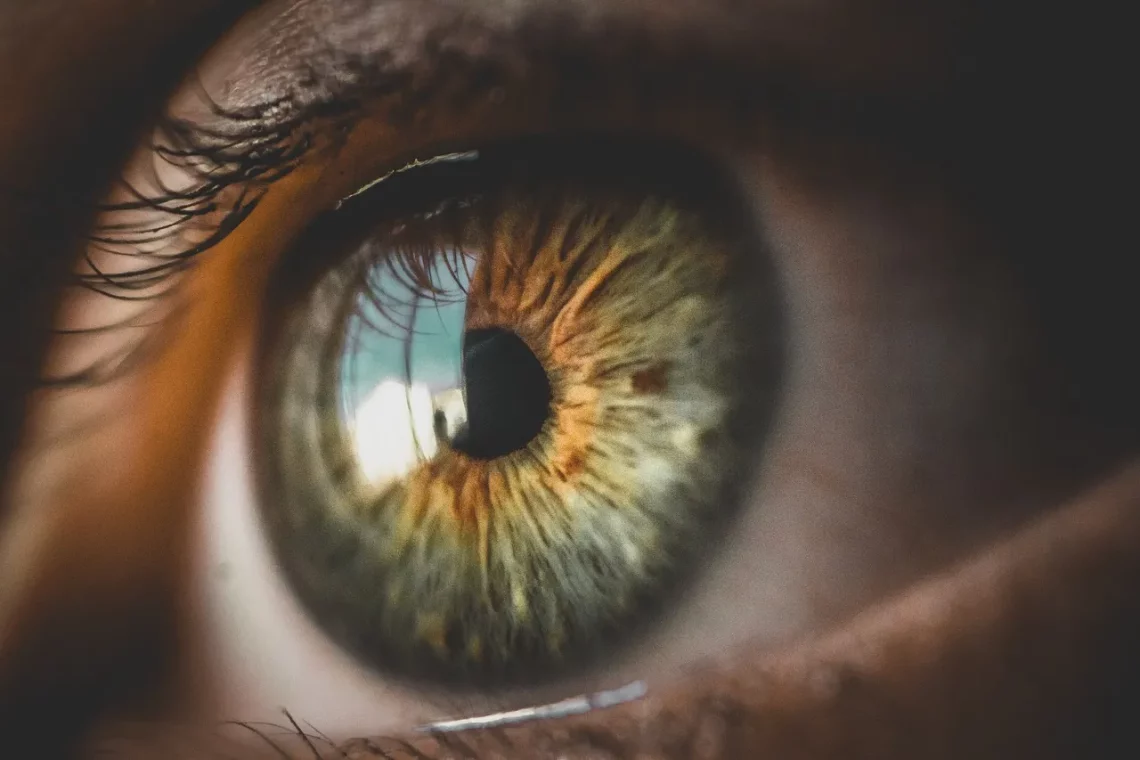
Why Does Squinting Help Improve Your Vision Effectively?
Squinting is a common, instinctive reaction that many people resort to when trying to see more clearly. This seemingly simple action can often be observed in various situations, such as when individuals view distant objects or read fine print. Despite its frequent use, the reasons behind squinting and its effects on vision are not always well understood. The act of squinting involves narrowing the eyelids, which alters the shape of the eye and the way light enters it. This can lead to a temporary improvement in focus, making objects appear sharper and clearer.
The relationship between squinting and visual clarity can be attributed to several factors, including the reduction of light entering the eye, the enhancement of depth perception, and the adjustment of the eye’s optical system. As we delve deeper into this topic, it becomes evident that squinting serves a purpose beyond mere habit. Understanding the mechanics of squinting can shed light on how our visual system operates and how it adapts to various conditions, both favorable and unfavorable.
In this article, we explore the mechanics of squinting, its benefits for visual clarity, and its implications for overall eye health. Through a comprehensive examination of these aspects, we aim to provide a clearer picture of why squinting is not just an automatic response, but a functional behavior that can significantly improve vision in certain circumstances.
The Mechanics of Squinting
Squinting involves the contraction of the muscles around the eyes, which narrows the eyelids and changes the eye’s shape. This action can help improve vision in several ways. First, by decreasing the amount of light that enters the eye, squinting minimizes glare and reduces visual distortion. This is particularly beneficial in bright environments where excessive light can overwhelm the eye’s ability to focus.
Additionally, squinting alters the eye’s aperture, effectively changing the depth of field. When the eyelids are partially closed, the eye acts like a pinhole camera, allowing only a narrow beam of light to enter. This limited aperture enhances focus and sharpens the details of objects at a distance. As a result, distant objects may appear clearer, allowing individuals to see more distinctly.
Moreover, squinting has an impact on the eye’s optics. The eye’s lens and cornea work together to refract light and create a clear image on the retina. When squinting, the shape of the eye may change slightly, which can help correct minor refractive errors temporarily. This is particularly useful for individuals who experience mild nearsightedness or farsightedness but may not have access to corrective lenses at that moment.
While squinting can provide temporary relief for visual discomfort, it’s essential to understand that this action should not be relied upon as a long-term solution. Frequent squinting can lead to eye strain and fatigue, indicating that there may be underlying vision issues that need to be addressed. Therefore, it’s crucial to maintain regular eye examinations and consult with an eye care professional if squinting becomes a habitual response to visual challenges.
Benefits of Squinting for Visual Clarity
The instinctive act of squinting can offer several benefits, particularly when it comes to improving visual clarity. One of the primary advantages is the enhanced ability to focus on distant objects. When someone squints, the narrowed eyelids help to sharpen the image being viewed. This is especially helpful in situations where fine details are crucial, such as reading road signs while driving or trying to distinguish faces from a distance.
Another significant benefit of squinting is the increased contrast perception. By limiting the light entering the eye, squinting can help the brain process visual information more efficiently. This is particularly valuable in environments with varying light conditions, where shadows and bright spots can make it challenging to see clearly. The reduced light influx allows the retina to receive a more balanced array of visual stimuli, improving overall contrast and clarity.
Furthermore, squinting can enhance depth perception. The act of narrowing the eyelids can help the brain gauge distances more accurately by providing a clearer view of the surrounding environment. This can be particularly beneficial in activities that require spatial awareness, such as sports or navigating through crowded areas. By improving depth perception, squinting can contribute to better coordination and movement.
Despite these benefits, it’s essential to recognize that squinting is only a temporary fix for visual issues. While it may provide immediate relief, it is not a substitute for corrective eyewear or professional eye care. Habitual squinting could indicate underlying vision problems, which should be assessed by an eye care professional. Regular eye examinations are crucial for maintaining optimal eye health and ensuring that any potential issues are addressed promptly.
Squinting and Eye Health Considerations
While squinting can offer temporary visual enhancements, it is vital to consider its implications on eye health. Relying too heavily on squinting to see clearly may lead to increased eye strain and discomfort. Chronic squinting can result in symptoms such as headaches, dry eyes, and fatigue, which can negatively impact overall well-being.
Moreover, frequent squinting may mask underlying refractive errors, such as myopia (nearsightedness) or hyperopia (farsightedness). Individuals who consistently squint to achieve clarity might be ignoring the need for corrective lenses. Over time, this can lead to a worsening of vision problems, making it even more challenging to see clearly without the assistance of glasses or contact lenses.
Another consideration is the potential for developing poor visual habits. If squinting becomes a habitual response to visual discomfort, individuals may neglect to take necessary breaks from screens or other visually demanding tasks. This can contribute to digital eye strain, which is increasingly common in our technology-driven world. To mitigate these effects, it’s essential to incorporate regular eye breaks into daily routines and practice good eye hygiene.
Finally, it’s crucial to recognize that while squinting can help in certain situations, it should not be viewed as a substitute for professional eye care. Anyone experiencing persistent visual difficulties is encouraged to seek guidance from an eye care specialist. Regular check-ups can ensure that any underlying issues are addressed and that the individual maintains optimal eye health.
**Disclaimer:** This article is for informational purposes only and should not be considered medical advice. If you are experiencing any eye health issues, please consult a qualified healthcare professional.




